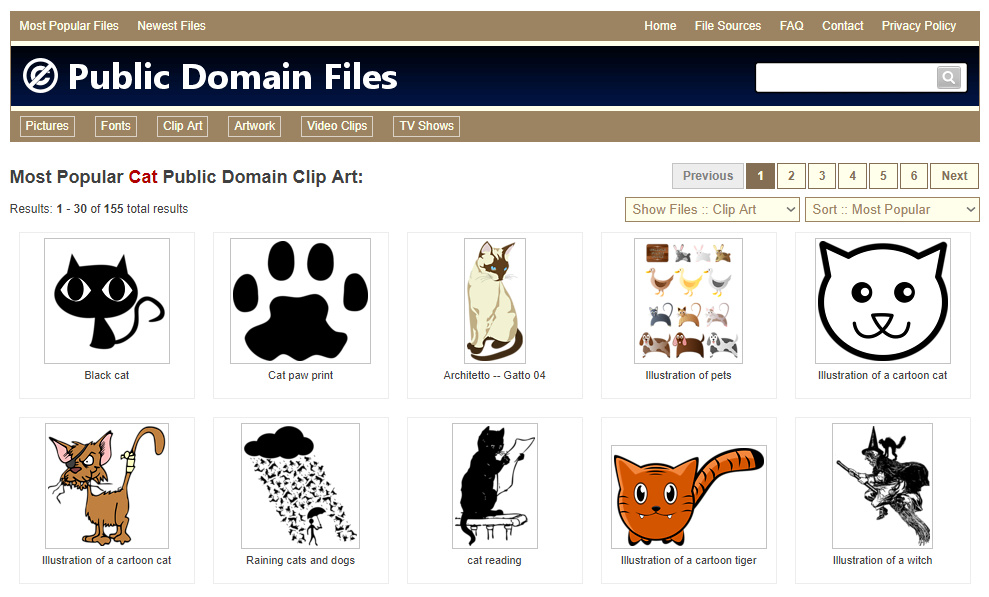Here are some introductory notes on a preliminary search, relating to some new software I was testing and installing as a favour.
* IMSLP/Petrucci Music Library. Free Public Domain Sheet Music, with 140,000 works at May 2019. No preview, and a 20 second delay on each PDF download while an appeal for donations is displayed. It seems they’re not closely tracking Archive.org, as I couldn’t find a couple of newer public domain items I know are on Archive.org.
* Musopen is the other large repository of free sheet music. You get a visual preview of the sheets, and PDF download links are open and quick. But the results from its keyword search is very bad. You’ll do better with a site: search in Google or DuckDuckGo…
site:https://musopen.org/music/ keywords
* Metadata tagging on Archive.org is patchy for sheet music. Thought it will often have ‘sheet music’ or ‘sheetmusic’ or ‘score’ in its title. Theoretically it seems it should have a ‘sheet music’ topic tag, but often the uploaders don’t tag their upload with that. The best initial wide searches are:
sheetmusic AND mediatype:texts keywords
“sheet music” AND mediatype:texts keywords
Which together suggest Archive.org currently has about 10,000 sheet music booklets, nearly all of an age to be in the public domain. Including much 1910s and 20s rag-time, marching music, and popular ditties.
* ChoralWiki has a very large collection of public domain choral sheet music.
* The Mutopia Project has a small collection of classical works.
* Band Music a large collection of American marching-band sheet music.
* American university libraries also have very large online collections, usually general popular and light classical music.
I don’t know of any unified one-box search that will search across all of the above. It might be an interesting project to create one, but I won’t be doing that — so feel free to give it a go.
* For audio preview of the music score, you’ll first need to get away from your default MIDI sounds driver. Doing this used to be fiendishly complex, but is now extremely easy with the fine bit of Windows freeware called VirtualMIDISynth. Install, and it takes over from your Windows MIDI sounds driver, and then you add a free .SF2 soundfont to it — so that it has the instruments it needs to play a score with.
Then you need to OCR your sheet music into software player-readable form. For sheet music OCR is termed “OMR”. If you’re using the leading paid Sibelius sheet-music player and writer (termed ‘scorewriters’ by those in the trade), then you’ll find that works seamlessly with the leading PhotoScore “OMR” software. PhotoScore uses the SharpEye SDK, widely said by eagle-eyed music industry testers to be the most accurate at picking out and interpreting all the complex fine detail of a music score.
Then you save your successful scan to an .OPT file and Sibelius can load and play this as if it were a .MP3 file. Your new VirtualMIDISynth audio driver and soundfont makes it sound lovely.
I’d like to recommend some free open source OMR -> Scorewriter software, but I had no success with it and the OMR end of the process is especially lacking and clunky (Java). As someone who’s been away from the world of music for many years, I had the feeling that the robust commercial impetus in the music professions means that it’s hard for open source software makers to stand the pace.



